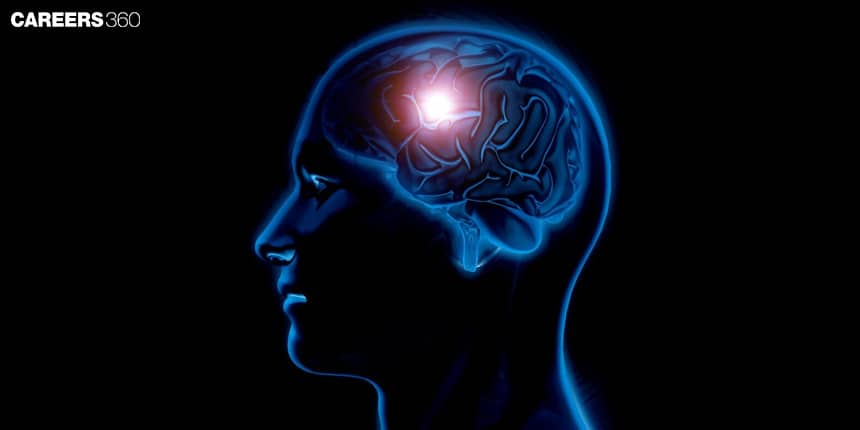Cerebrum: Definition, Diagram, Function, Description, Anatomy
The cerebrum is the largest part of the human brain, responsible for higher brain functions such as thought, memory, emotions, and voluntary actions. It is divided into two hemispheres, each controlling opposite sides of the body, and further segmented into lobes with specialized functions. In this article, the cerebrum, cerebrum structure, and functions of the cerebrum are discussed. The cerebrum is a topic of the chapter Neural Control and Coordination in Biology.
This Story also Contains
- What is Cerebrum?
- Cerebrum Anatomy
- Functions of the Cerebrum

What is Cerebrum?
The cerebrum accounts for the largest portion of the volume of the human brain, about two-thirds. It coordinates various kinds of higher brain activities like sensory perception, thought, reasoning, and memory. The cerebrum is divided into two hemispheres, with each controlling the opposite side of the body.
Cerebrum Anatomy
The Cerebrum anatomy is divided into,
Hemispheres and Lobes
The cerebrum is divided again into left and right hemispheres, which specialise in different functions.
Each hemisphere can be again divided into four lobes: frontal, parietal, temporal, and occipital.
Cerebral Cortex
The outer layer of the cerebrum that deals with higher brain functions such as perception, thought, and decision-making is the cerebral cortex.
The outer grey matter makes up the cerebral cortex. It is highly furrowed to increase the surface area.
Frontal Lobe
The frontal lobe manages higher mental functions, including decision-making, problem-solving, and planning.
It directly governs voluntary motor movements and expressive language, too.
Parietal Lobe
The parietal lobe processes somatosensory input related to touch, temperature, and pain.
It also contributes to spatial orientation and body awareness.
Temporal Lobe
It deals with the processing of hearing, understanding language, and formation of memory.
The hippocampus, essential for forming long-term memory, is present in it.
Occipital Lobe
The occipital lobe is mainly dealing with the processing of vision.
It interprets information that it receives from the eyes to build our visual perception.
.jpg)
Also Read-
Functions of the Cerebrum
The functions performed by the various parts of the cerebrum are:
- Our emotions, eyesight, personality, and intelligence are all governed by the cerebrum.
- Axons from the motor cortex's upper motor neurones travel to the brainstem and spinal cord, where they make synapses with lower motor neurones that innervate the muscles.
- All auditory, visual, somatosensory, and gustatory information is received by the cerebral cortex, which then works with the cortices to process it so that we can experience these sensations.
- Beneath the frontal lobe is a little organ called the olfactory bulb. Instead of going via the thalamus, it processes the olfactory data and transmits it straight to the olfactory cortex. Loss of smell may result from damage to the olfactory bulb.
Also Read-
Recommended video on Cerebrum
Frequently Asked Questions (FAQs)
The temporal lobe is responsible for processing auditions, language comprehension, and the formation of memories.
The occipital lobe mainly deals with visual processing and interprets the information obtained from the eyes.
Injuries to the cerebrum may result in defects related to sensory perception, cognitive skills, and motor functions if any of its parts are affected.
The frontal lobe includes areas for decision-making, problem-solving, and planning, but also voluntary motor movements and expressive language.
The parietal lobe processes sensory information related to touch, temperature, and pain. It plays an important role in spatial orientation and body awareness.